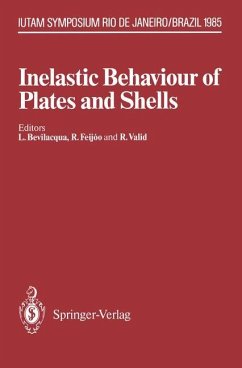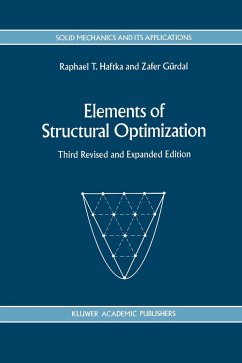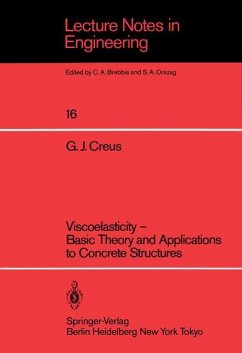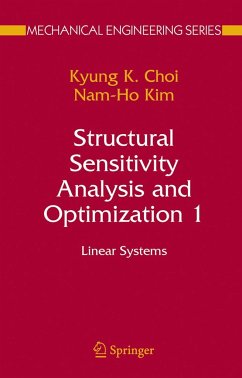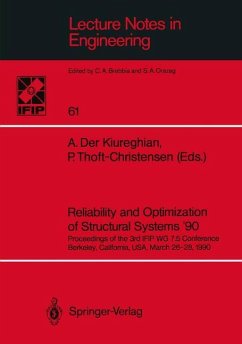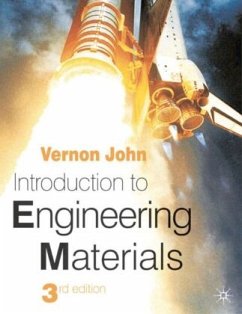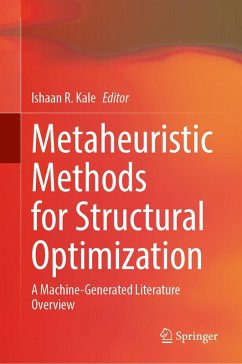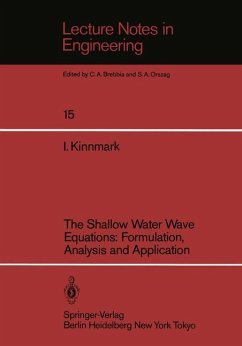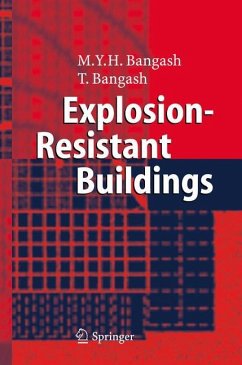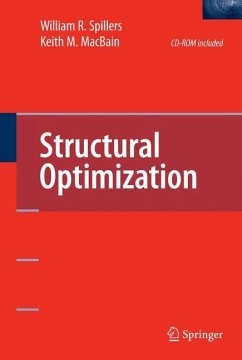
Creep in Structures
4th IUTAM Symposium, Cracow, Poland September 10-14,1990
Herausgegeben von Zyczkowski, Michal

PAYBACK Punkte
58 °P sammeln!
There is a tradition to organize IUTAM Symposia "Creep in Structures" every ten years: the first Symposium was organized by N.J. Hoff in Stan ford (1960), the second one by J. Hult in Goteborg (1970), and the third one by A.R.S. Ponter in Leicester (1980). The fourth Symposium in Cracow, September 1990, gathered 123 par ticipants from 21 countries and reflected rapid development of the theory, experimental research and structural applications of creep and viscoplas ticity, including damage and rupture. Indeed, the scope of the Sympo sium was broad, maybe even too broad, but it was kept accordi...
There is a tradition to organize IUTAM Symposia "Creep in Structures" every ten years: the first Symposium was organized by N.J. Hoff in Stan ford (1960), the second one by J. Hult in Goteborg (1970), and the third one by A.R.S. Ponter in Leicester (1980). The fourth Symposium in Cracow, September 1990, gathered 123 par ticipants from 21 countries and reflected rapid development of the theory, experimental research and structural applications of creep and viscoplas ticity, including damage and rupture. Indeed, the scope of the Sympo sium was broad, maybe even too broad, but it was kept according to the tradition. Probably the chairman of "Creep in Structures V" in the year 2000 (if organized at all) will be forced to confine the scope substantially. Participation in the Symposium was reserved for invited participants, suggested by members of the Scientific Committee. Total number of sug gestions was very large and the response - unexpectedly high. Apart from several papers rejected, as being out of scope, over 100 papers were accepted for presentation. A somewhat unconventional way of presenta tion was introduced to provide ample time for fruitful and well prepared discussions: besides general lectures (30 minutes each), all the remain ing papers were presented as short introductory lectures (10 minutes) followed by a I-hour poster discussion with the authors and then by a general discussion. Such an approach made it possible to present general ideas orally, and then to discuss all the papers through and through.





